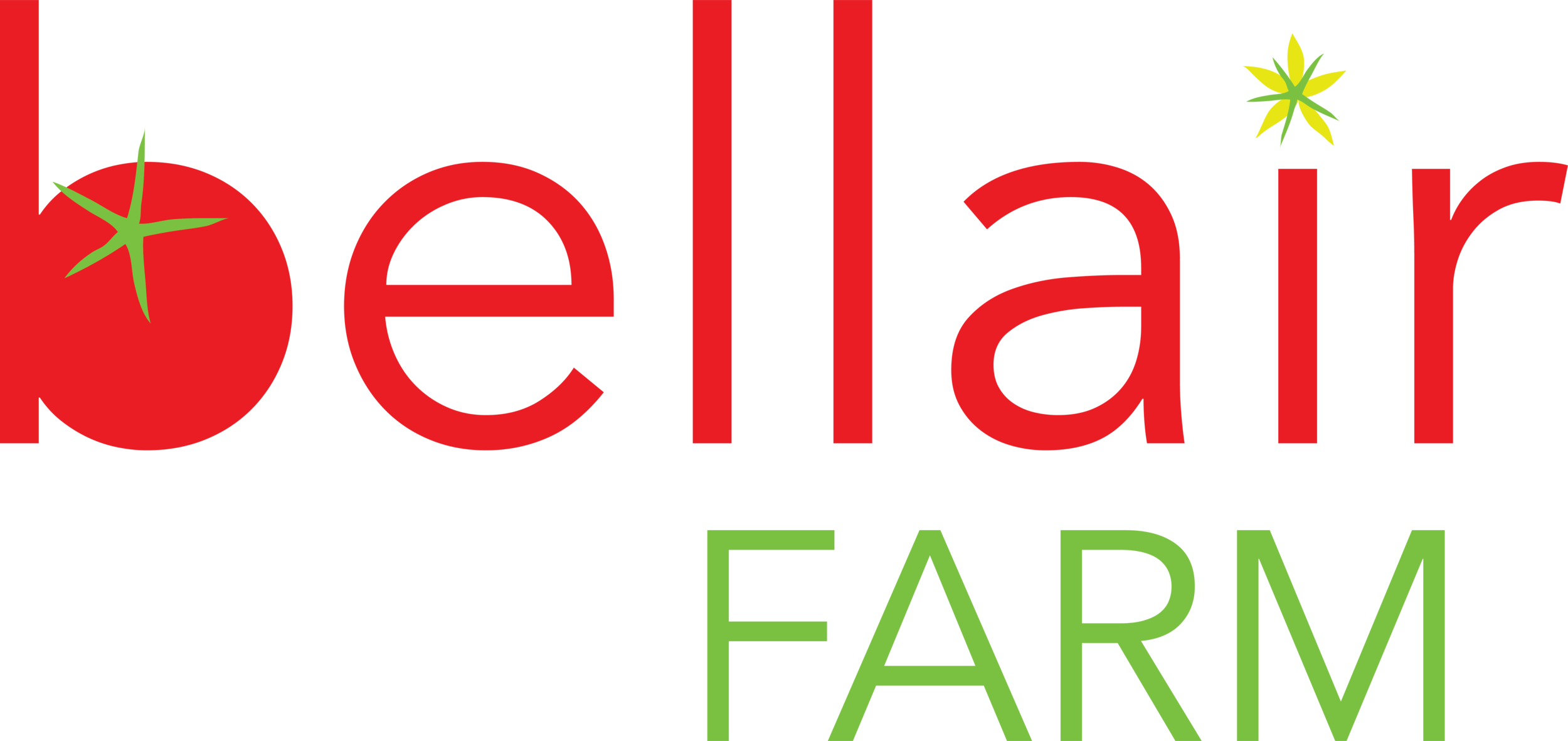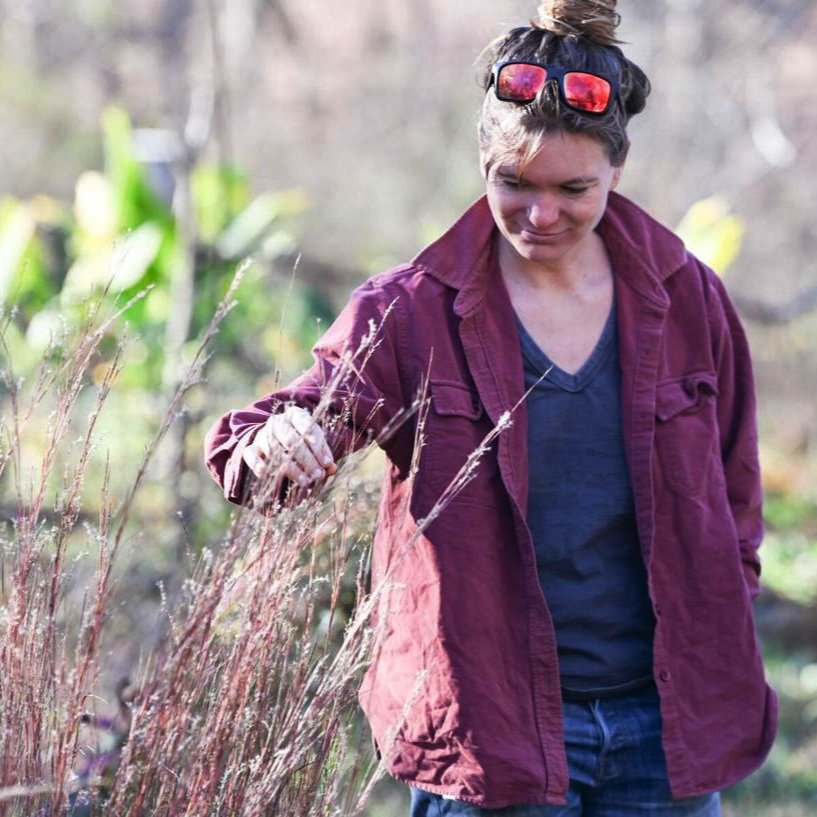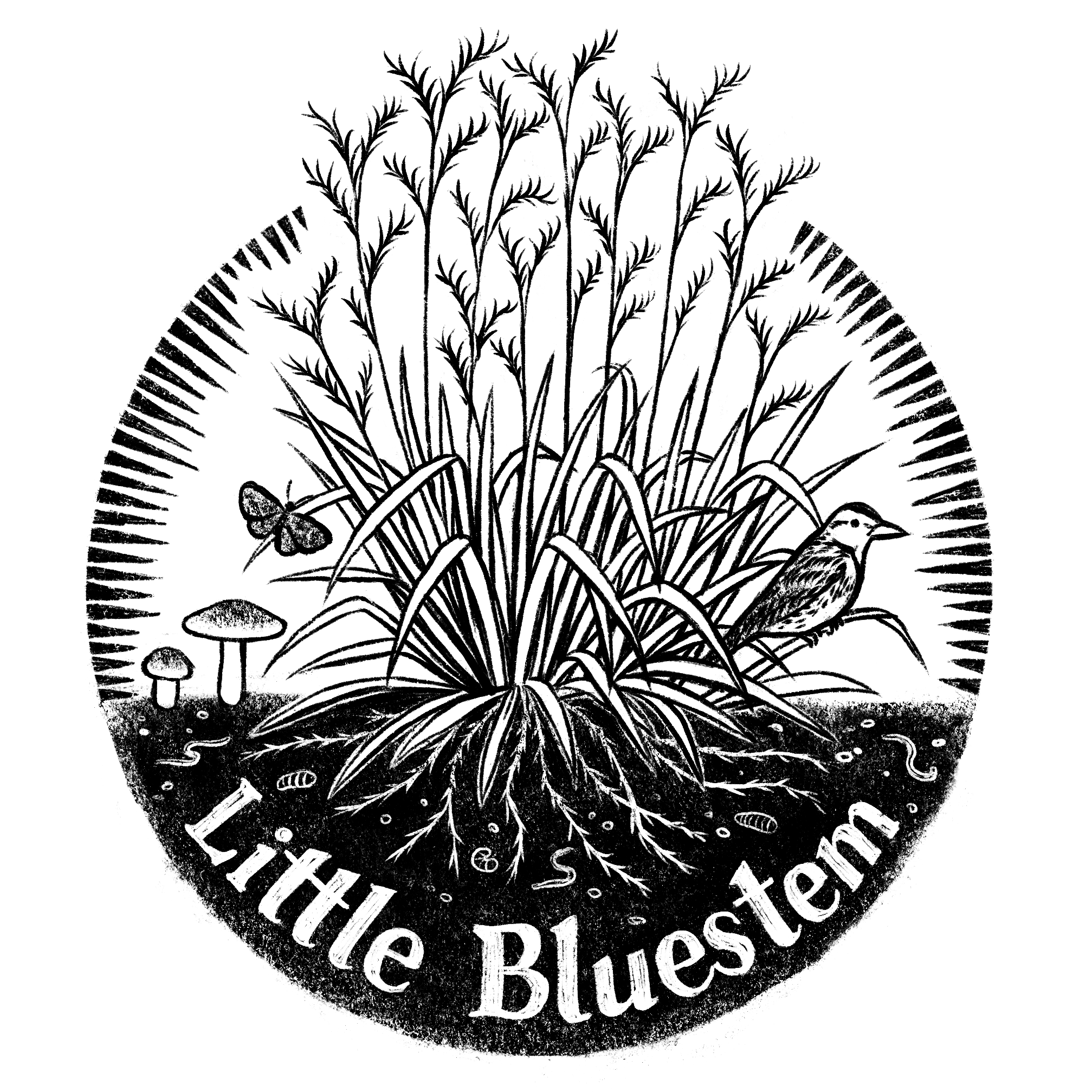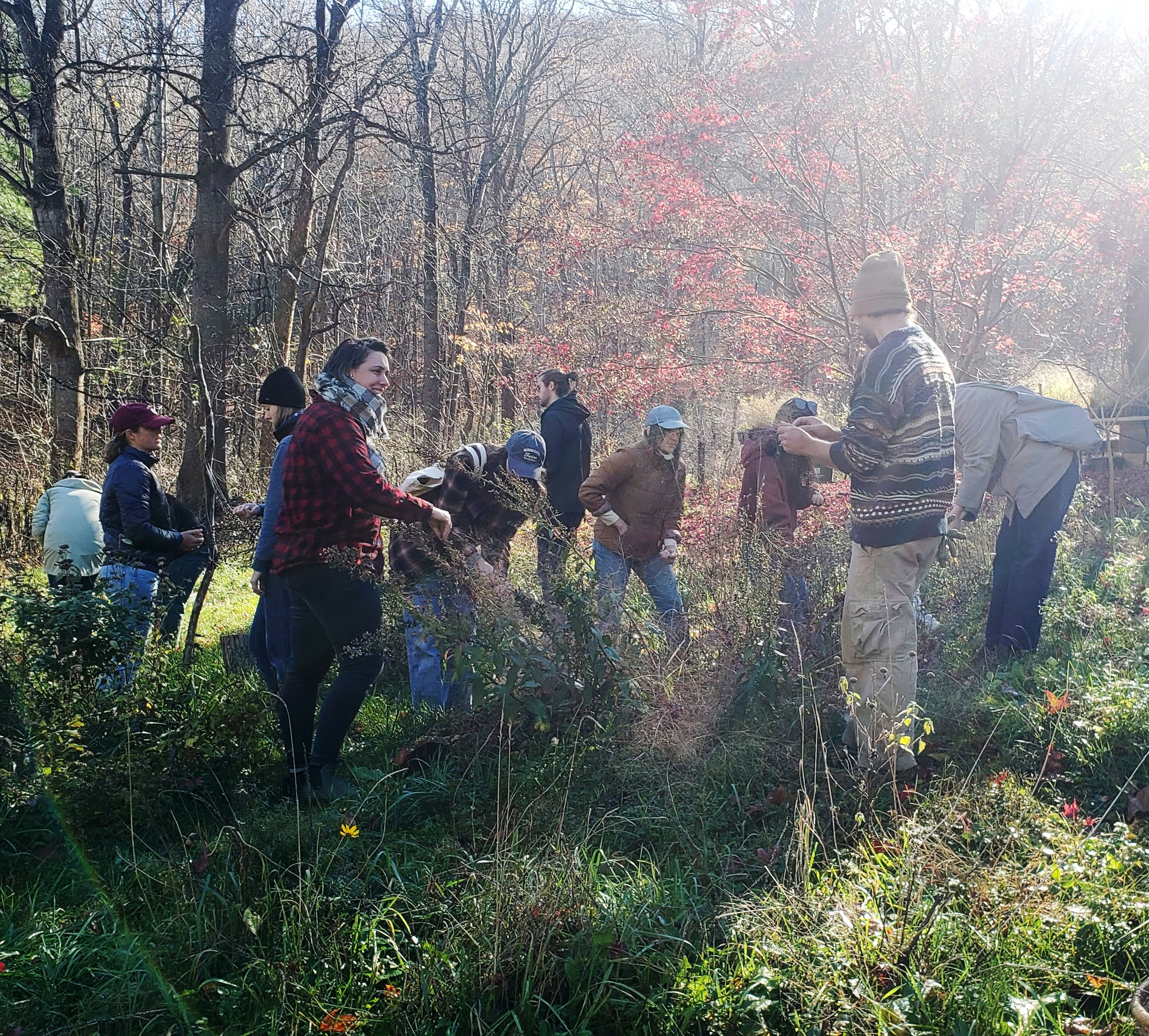Annual Update: Conservation
As always, we think about conservation hand-in-hand with our agricultural activities.
Spot-mowing
We have been doing a lot of spot-mowing on the farm. This means going into an area and mowing just part, not the entire thing. This has multiple effects:
Leaves structure that wildlife will use for cover
Leaves behind target species of native shrubs for food and cover
Leaves behind target species of native grasses so that they can re-seed themselves.
Creates variability in the landscape, which almost always results in biodiversity
Sometimes can save diesel due to reduced mowing
When we spot-mow, we need a person with the knowledge of our target species to mow and to leave. We are grateful to have several members of our team with a knowledge and vested interest in improving our grasslands
This photo shows an example of spot mowing, taken last September. The idea is to strategically target undesirable plants like brambles and invasive species and leave behind clumps of native warm season grasses (which were going to seed at the time this photo was taken) and wild flower species (goldenrod, for example) so that they can self-seed and support pollinators.
Silvopasture Planting:
We mentioned in last year's annual update that we were installing a silvopasture project as part of a grant with Virginia Tech and the Edwards Mother Earth Foundation. We're happy to announce that those trees are planted and thriving! We are also using spot-mowing techniques to establish some DIY silvopasture in some of our typical pig pastures. With pigs, they are often too disruptive to a forest floor but then they are too exposed to sun and wind in open grasslands. A silvopasture, or grassy woodland, seems the perfect compromise.
Cattle grazing in future silvopasture area! You can see the white tubes in the background that protect the sapling plantings.
Burning and Learning
Last year, we mentioned our participation in the Controlled Burn Manager's Certification course and since then, we haven't moved forward much in this realm. We were really hoping to work with the US Forest Service to help us out with our first couple burns (even though we have the technical credentials to do it on our own, we still feel like beginners). There are so many factors that go into planning these burns and so many other landowners on the list ahead of us. A goal we have for this "fire season" is to do some truly tiny burns (less than 500 square feet) to get some experience under our belts. We may also try to participate in burns on other properties to build up our skills.
Partnering with Little Bluestem!
One of the other projects we are excited about is partnering with the Little Bluestem Collective. Little Bluestem cultivates a resilient and harmonious future for Central Virginia's land and people through collaborative projects, community education, and local genotype native plant propagation. We are excited to be partnering with them for our plant sales and through a series of nature walks on the farm. More to come on our events page!






